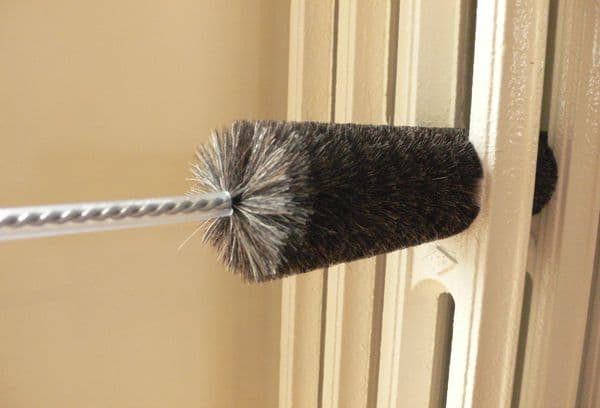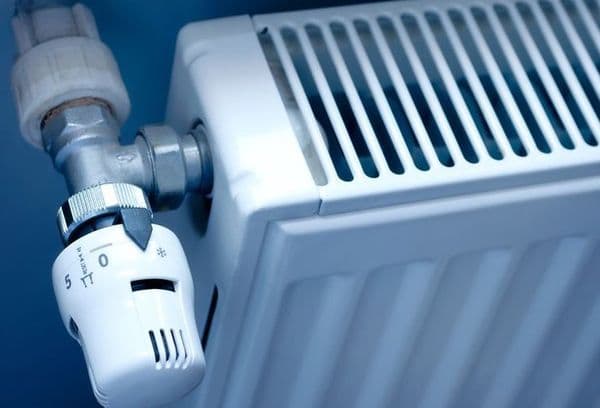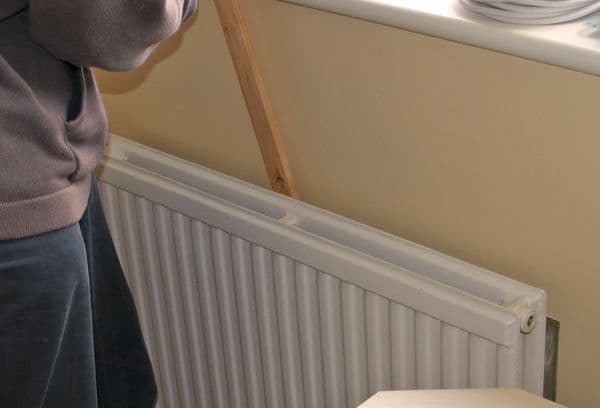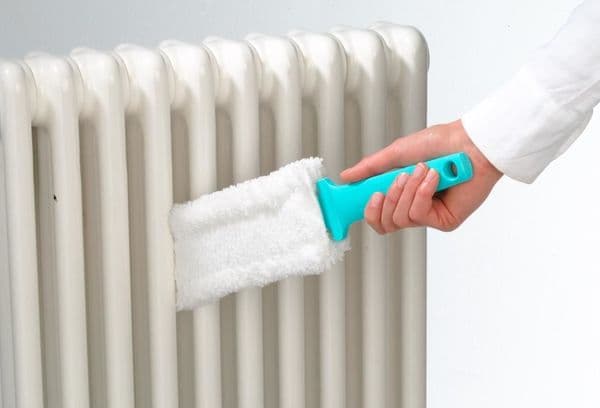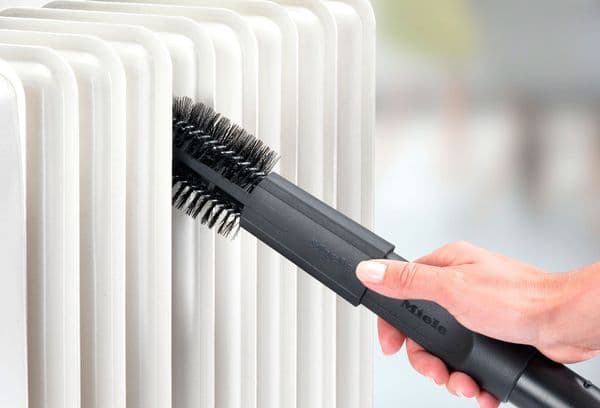How to clean heating batteries from dust and dirt - 4 ways
Content:
Why do I need to clean the batteries? It's not only aesthetics and hygiene: a device that does not have a layer of dirt gives off heat much better, which is important for owners of cold houses and regions with severe frosts. The way to clean heating radiators from dust depends on their variety, age, degree of pollution. It is also worth considering the floor and wall coverings.
Vacuum cleaner or hair dryer
Heating batteries at home collect dust and dirt rather well, as housewives often forget about this part of the apartment during cleaning. It is important to understand that sooner or later any kind of radiator will have to be cleaned regardless of the material from which it is made.
For dry cleaning, use a vacuum cleaner with narrow brush heads designed for furniture. Or go from the opposite and “blow” all the rubbish out of the battery slots with a hairdryer. To prevent dust from moving through the air, place a damp rag between the wall and the battery, or ask someone to hold it for the duration of the procedure.
Always start cleaning the radiator with a vacuum cleaner or hair dryer, and then proceed with wet cleaning if necessary.
Gloves
An ideal and quick way to clean bimetal batteries from the inside. The openings between the blocks of such a radiator are very narrow, so using a sponge or rag is not always effective.
To clean a modern bimetal battery quickly, follow these instructions:
- Take fabric household gloves, not necessarily new ones.
- Wet them and soap them well. It is recommended to wash the radiator with laundry soap, shampoo or gel for dishes. Abrasive powders are best avoided.
- Put on gloves and thoroughly wipe all the gaps between the sections and the batteries themselves. Hands are very comfortable to feel all the dirt and cracks.
- Remove the soapy layer with gloves as well.
- Repeat the procedure several times if necessary.
Tip
If there are no gloves, take an old sock.
Steamer
A steam generator and a steam cleaner allow you to wash the heating radiators in the kitchen, which are covered with dust and grease film.
Advice from purityis.decorexpro.com/en/
When washing radiators, floor coverings and walls should be protected from splashing water and detergent. Puddles harm and parquet, and laminate, and linoleum.
Kettle with boiling water
This method is for specifically contaminated cast iron batteries in the form of accordions. How to clean this problematic area in the apartment:
- We start with dry cleaning, then wash everything with a tool and a hard sponge.
- Then we boil a kettle of water, substitute a pan or a baking sheet for the battery, protect the floor and walls with rags.
- Pour a carefully soaped battery of cast iron with hot water (slowly and carefully!) To soften old pollution.
- Wipe.
- In addition, rinse the device with clean water.
Other tricks and tips
Mistress-inventors have invented many more ways to clean batteries from dirt. Here's a collection of tips and tricks to make washing easier:
- Use paint brushes or brushes with a long handle for washing dishes, in extreme cases - old toothbrushes. They penetrate into the narrowest gaps between the radiator elements.
- Aluminum batteries and bimetal blocks are smooth, which cannot be said about old cast-iron Soviet designs. When washing them, always use protective gloves to prevent accidentally damaging your skin.
- Use a melamine sponge to remove traces of pens, felt-tip pens, and other such stains.It quickly, efficiently and without the use of water cleans almost any surface.
- If possible, remove the wire rack and rinse it under running water. If this is not possible, then try to wash all the gaps with your hands, without removing. To clean the thin grating - cotton buds.
- Use at home special sprays sold in hardware stores. Read the instructions: the product should be suitable for cleaning the metal of which the battery is made. So, caustic alkalis and acids are prohibited for aluminum radiators.
- Once a week, sweep a clean, damp cloth over the battery grill. This is enough to remove the dusty layer. If the battery in the kitchen becomes greasy due to fumes from the stove, wipe it first with soapy water and then with clean water and a dry cloth.
Inside cleaning
Batteries are contaminated not only from the outside, but also from the inside: scale, rust, mold deposits on their walls. Basically, deposits of internal scale are fixed on the bottom of the battery, blocking the normal course of water. A coating inside reduces the flow of heat into the house.
How to wash deposits inside:
- Turn off the valves.
- Unscrew the nuts on which the battery is mounted.
- Gently drain the water.
- Remove the battery and take it out into the open, in extreme cases, into the bath (cover the enamel with a thick cloth).
- With a wooden mallet, gently tap the entire battery to disconnect the adhered plaque.
- Shake out solid particles.
- Fill the tank with hot water for half an hour. To speed up the detachment of plaque, add a little citric acid or soda to the water. There are special washing solutions.
- Flush the inside of the battery with a hose. Continue until the flowing water is completely clean.
Flush radiators should be after or before the start of the heating season.
Paying attention to the external and internal cleaning of heating radiators, you thereby extend their shelf life and improve the supply of heat to the apartment. Even minimal effort will be helpful.
